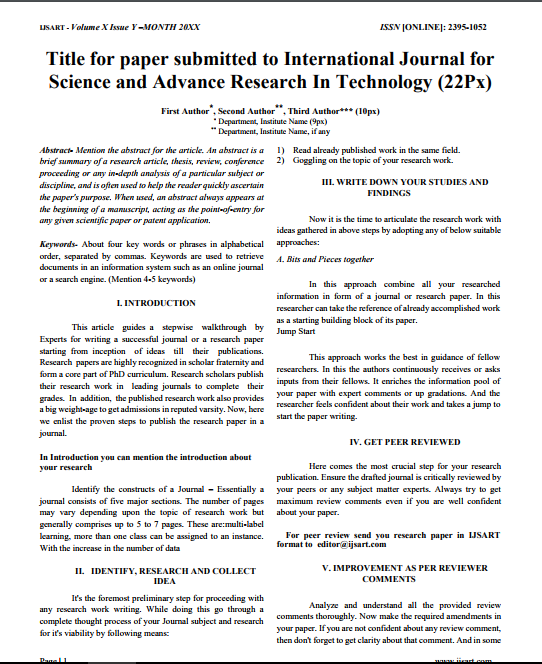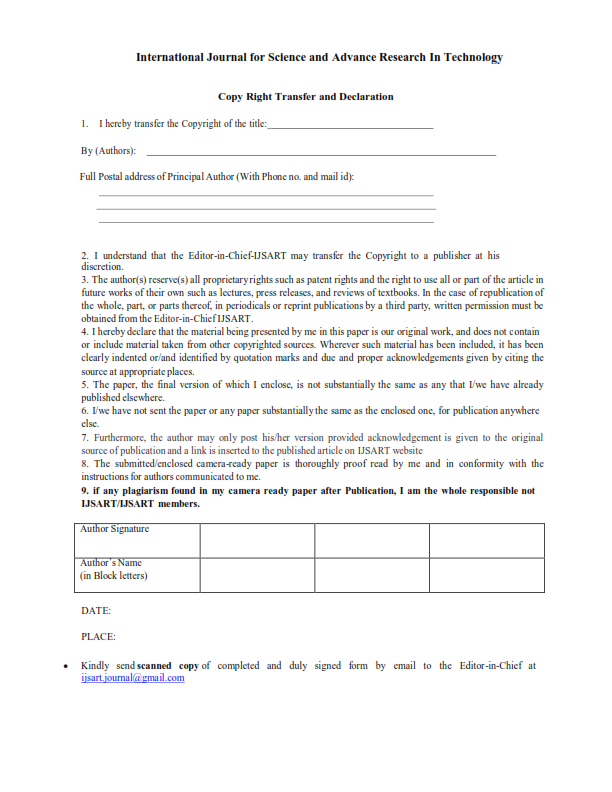Impact Factor
7.883
Call For Paper
Volume: 11 Issue 05 May 2025
LICENSE
Estimating Cloud Workloads Based On Deep Neural Networks And Gradient Descent
-
Author(s):
Aditya Yadav | Prof. G.R. Kesheorey
-
Keywords:
Cloud Workload Estimation, Deep Neural Network (DNN), Principal Component Analysis (PCA), Steepest Descent Approach, Mean Absolute Percentage Error (MAPE).
-
Abstract:
Cloud Computing Has Revolutionized Computing Off Late With Several Domains And Applications Resorting To The Cloud Architecture. However Effective Task Scheduling And Load Balancing Is Critical For Cloud Based Servers. This Is Typically A Very Challenging
Other Details
-
Paper id:
IJSARTV9I257181
-
Published in:
Volume: 9 Issue: 2 February 2023
-
Publication Date:
2023-02-09
Download Article


